
Soil Health & Fertilization
We unite suppliers and green industry professionals worldwide
Zebra Grass is a clump-forming ornamental grass known for its horizontal golden stripes and graceful, fountain-like form
By Victor Miller
|Published on June 05, 2025
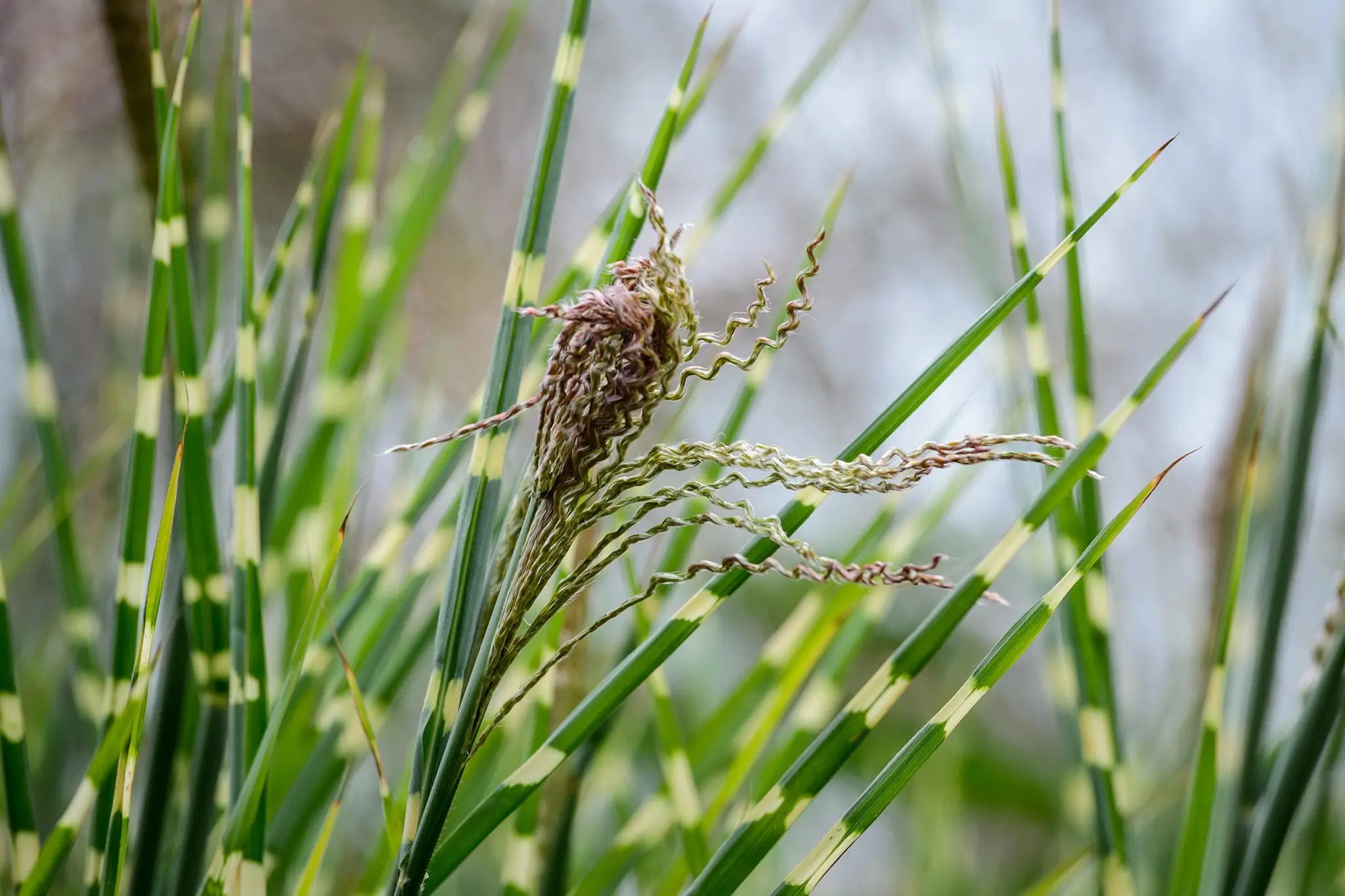

“Want a plant that looks like it belongs on safari but thrives in suburban soil? Zebra Grass adds drama, movement, and year-round interest to your garden.”
Zebra Grass (Miscanthus sinensis 'Zebrinus') is a clump-forming ornamental grass known for its horizontal golden stripes and graceful, fountain-like form. Native to East Asia and found in many contemporary landscapes, this grass brings texture, structure and the sound to garden designs.
Its distinct banded foliage even adds interest to mixed plantings, and its feathery plumes emerge later in the season, producing beauty long after flowers have faded. It is deer-resistant, drought-tolerant once established, low-maintenance — a favorite for borders, backdrops and wildlife gardens.
| Botanical Name | Miscanthus sinensis 'Zebrinus' |
| Common Name | Zebra Grass |
| Type | Ornamental perennial grass |
| Height | 5–8 feet |
| Light Needs | Full sun |
| Soil | Well-draining- will grow in most soil types |
| Water Needs | Moderate once established |
| Hardiness Zones | 5–9 (USDA) |
| Time To Bloom | Late summer to early fall |

September 25, 2025
9 minute read
September 24, 2025
9 minute read
September 23, 2025
10 minute read
September 22, 2025
9 minute read


Join as a seller and connect with thousands of B2B buyers nationwide!
Sign Up
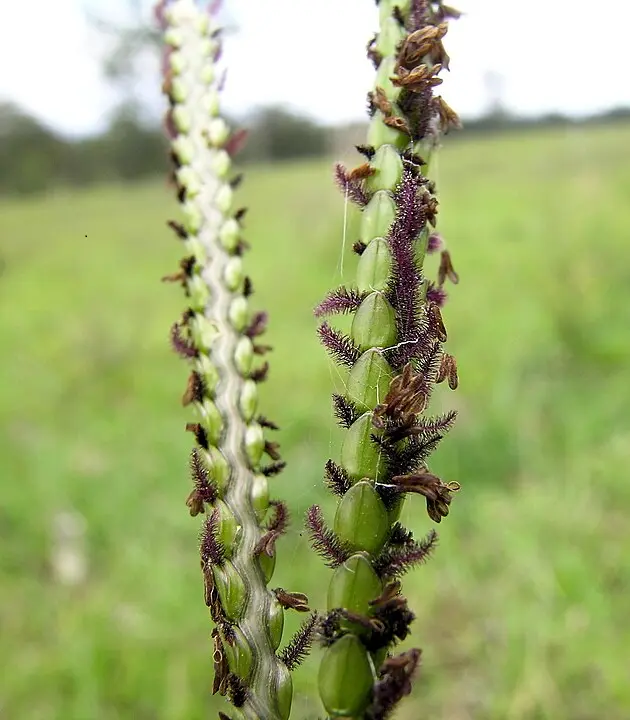
Bahia Grass
Bahia Grass (Paspalum notatum) is an example of a plant that grows with not much work but yields an attractive, green lawn with superior durability.
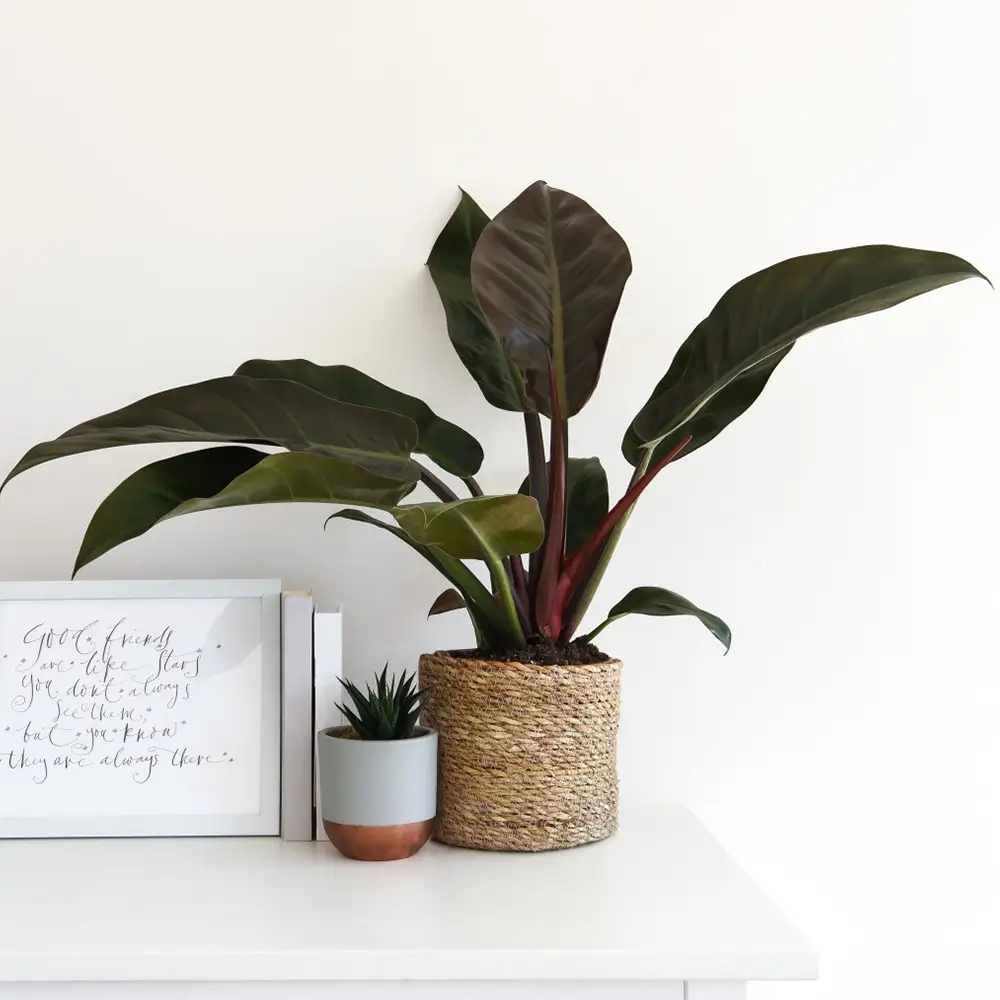
Imperial Red Philodendron
An eye-catching foliage plant that brings a touch of elegance indoors and outdoors
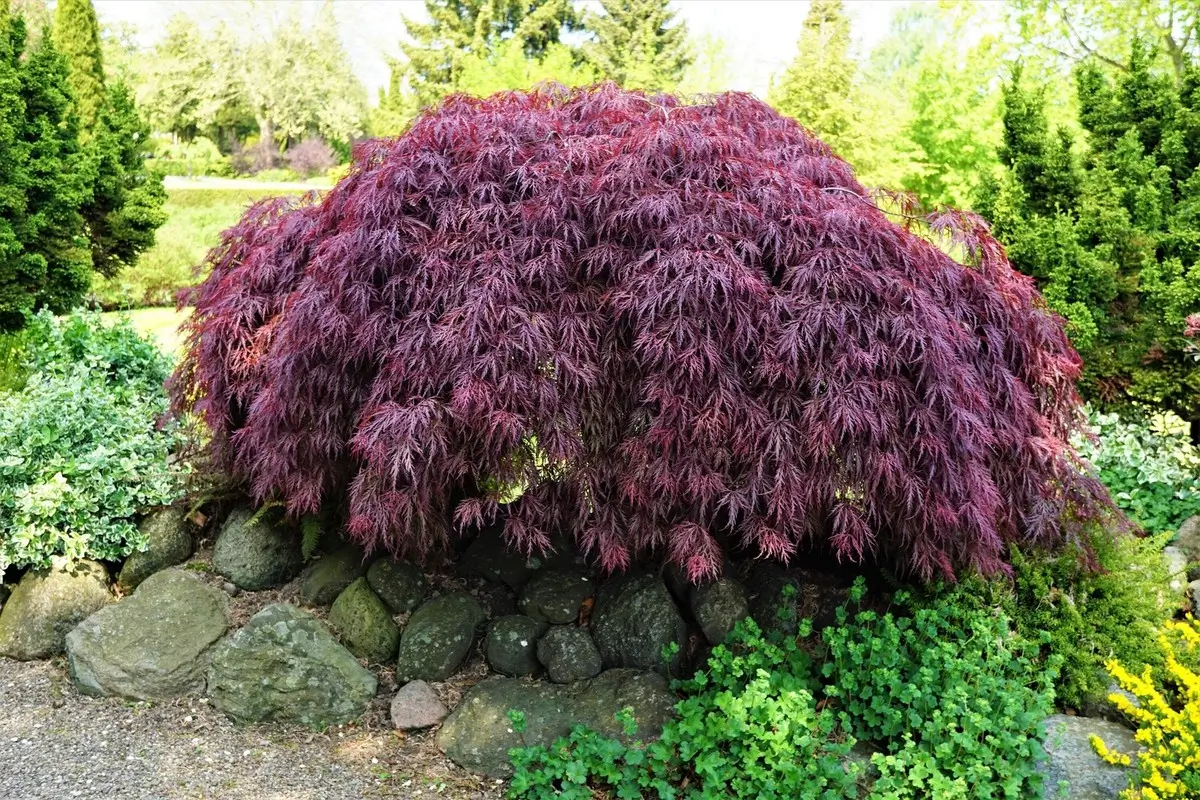
Inaba Shidare Japanese Maple
A beautiful, lovely tree that adds grace to any landscape
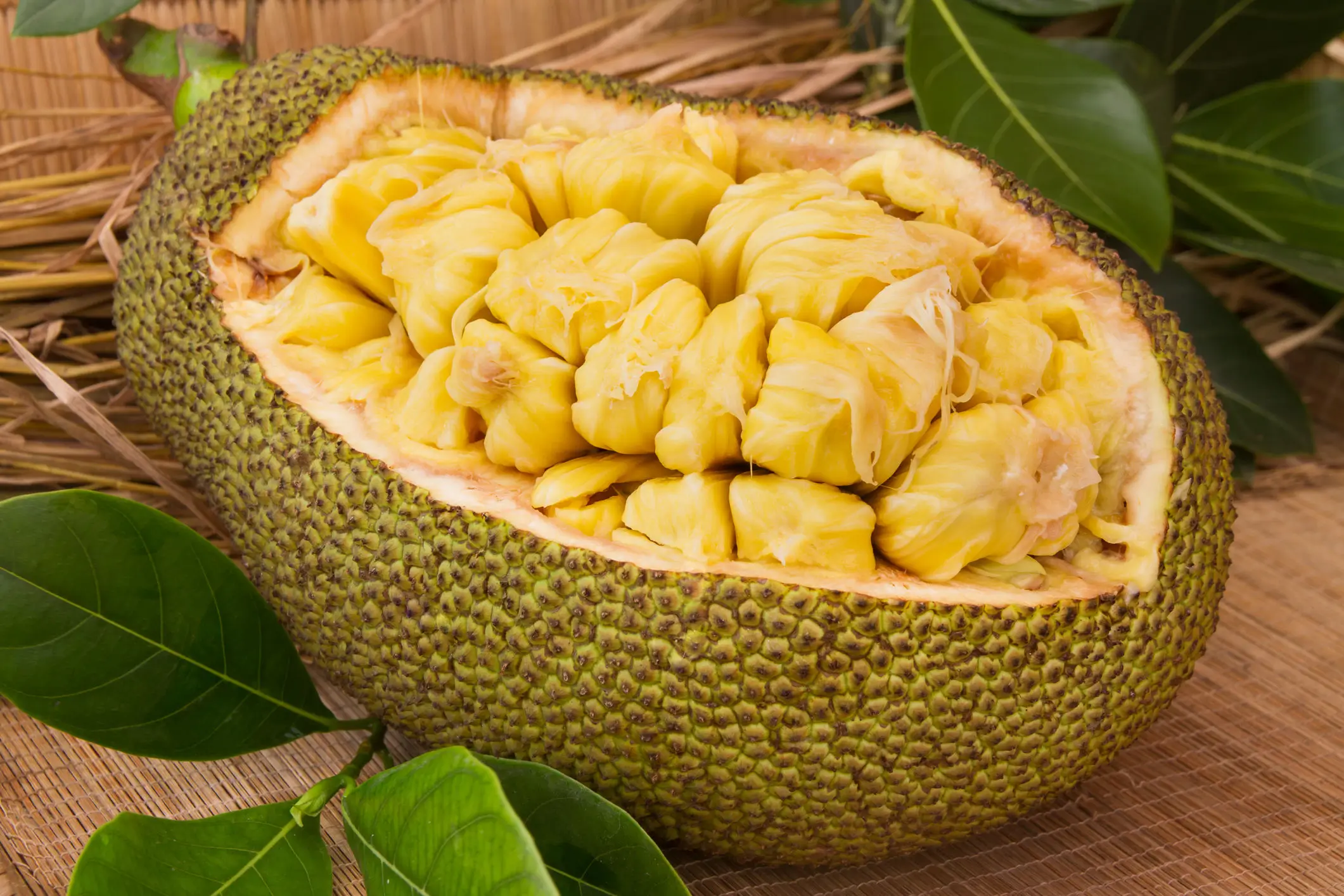
Jackfruit
A fast-growing tropical tree that yields enormous, nutrient-rich fruits with a sweet, exotic flavor
Zebra Grass is a perfect, low maintenance grass choice to add movement and interest to just about any outdoor spot. Plant it in spring or early fall, setting clumps 3 to 5 feet apart to accommodate its mature size.
Although young plants like to be kept watered to become established, Zebra Grass is quite drought-tolerant once it's got its roots. Its clumping habit means it won’t spread aggressively like some grasses, though it may need division every few years to stay vigorous.
This grass is perfect as a living screen, used for a backdrop in borders or as a standalone feature in a contemporary garden. Its bold stripes and waving plumes make sure the scene is never quiet or unbearably dull.
Zebra Grass prefers full sun (at least 6 hours of direct sunlight) and will thrive if it receives the recommended amount of light. It will accept very light shade, but it will have a tendency to flop or have fewer blossoms.
Zebra Grass is easy to grow and will thrive in just about any type of soil, from sandy to clay, as long as drainage is adequate. It is a very adaptable plant, and will thrive in the poorest of soils once established, although it is more comfortable with moderately fertile soil.
Zebra Grass needs regular watering during the first growing season, especially if it is grown in a hot or dry climate. Once it is established, it is quite drought tolerant.
Tip: Do not allow the soil to become soggy; at the same time overwatering can lead to crown rot.
Pruning is important for the health and shape of the plant.
Bonus: Pruned stalks can be bundled as natural supports or winter mulch in garden beds.
Zebra Grass is most commonly propagated by division, not by seed.
To divide:
If provided enough room and the correct care, Zebra Grass will also thrive in large containers.
Potted Zebra Grass adds excitement to patios, decks, or entryways, and even works as an excellent seasonal screen.
In zones 5–9, Zebra Grass overwinters easily in the ground. The dried foliage can be left standing through winter for visual interest and to provide shelter for wildlife. Prune back the entire plant in late winter before new growth emerges. In colder conditions or for ones in containers, use extra insulation or move pots to a protected location to prevent root damage. Don't overwater it in winter, when it goes dormant.
Zebra Grass has showy, coppery-pink plumes in late summer to early fall, which rise above the foliage and turn silvery as they mature. These blooms provide both texture and movement and persist well into winter, forming beautiful silhouettes against frost or snow. Although Zebra Grass doesn’t bloom as early as some ornamentals, its bloom time extends the garden’s seasonal appeal and attracts birds who use the plumes for nesting material.
Zebra Grass is a sturdy plant that is quite problem-free, but here are some problems that may occur:
Zebra Grass is a remarkable asset to any garden with its architectural height, vibrant striped foliage and long-lasting plumes with minimal fuss. It’s an ideal selection for gardeners who desire low-maintenance drama that appeals in contemporary and natural gardens.
Whether used as a backdrop, screen, or specimen plant, Zebra Grass delivers elegance and impact from spring through winter. Once you see it swaying in the breeze, you’ll understand why this bold ornamental grass is a perennial favorite.
No. It grows in neat clumps and does not spread by runners, making it well-behaved in garden beds.
Not typically. Although some Miscanthus species can self-seed, 'Zebrinus' is considered non-invasive in most areas. Still, deadhead plumes if you want to avoid any reseeding.
Not recommended for indoor growing; it requires full sun and a winter dormancy.
When mature, the plants are usually 5 to 8 feet in height, including the height of the flower plumes.
Yes,it is not toxic to pets or people.

Soil Health & Fertilization
Victor Miller

Pest Identification & Prevention
Victor Miller

Lawn Care Tips & Maintenance
Victor Miller

Soil Health & Fertilization
Victor Miller

Smart Irrigation Systems
Victor Miller

Patios, Walkways & Driveways
Victor Miller

Soil Health & Fertilization
Victor Miller

Pest Identification & Prevention
Victor Miller
My Account
Our team is always here to help.
We are open Monday - Friday, 9:00 AM to 4:30 PM PST.